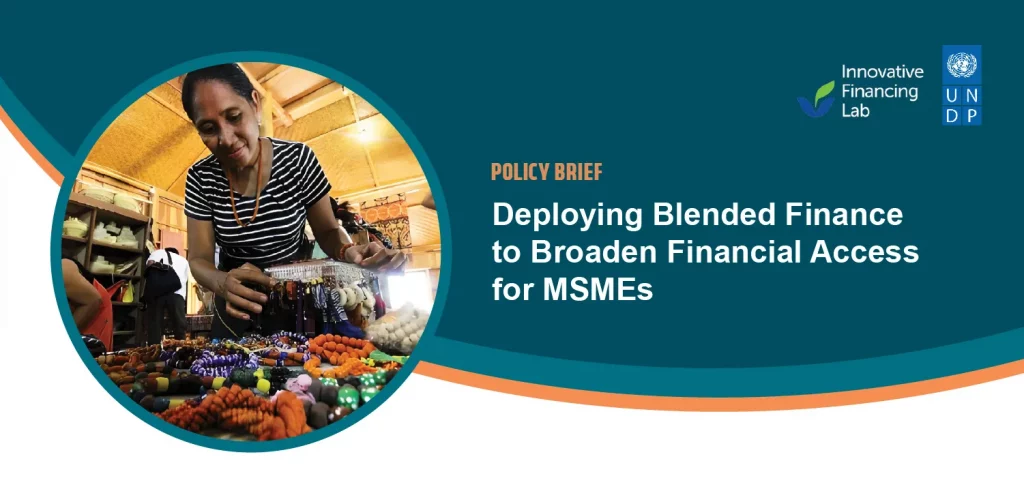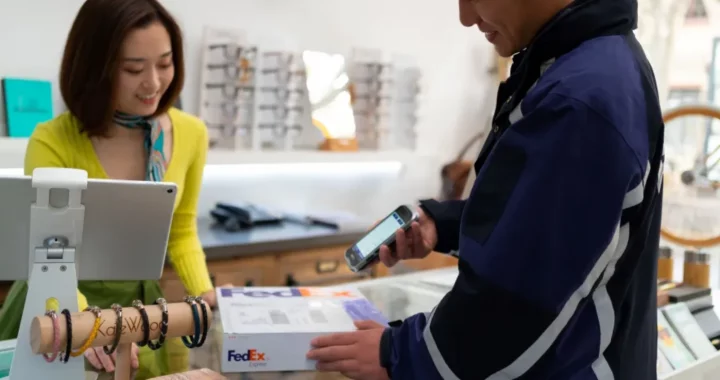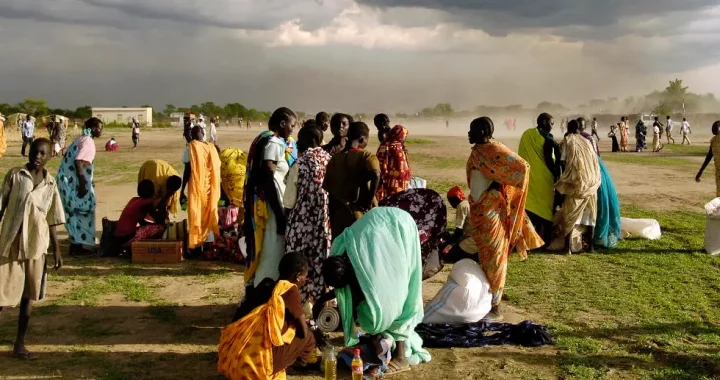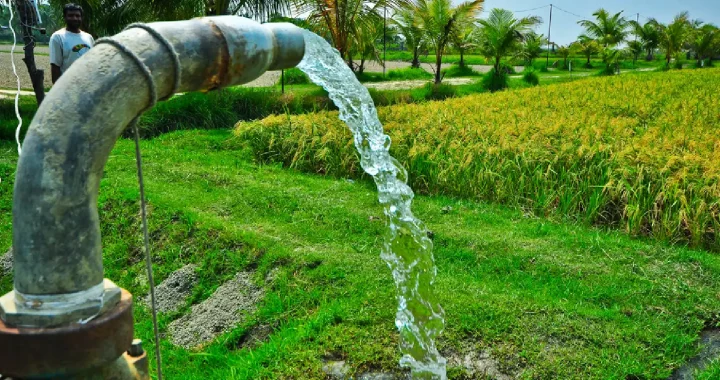Innovative Financing Lab under the UN Development Programme (UNDP) published a policy brief titled “Deploying Blended Finance to Broaden Financial Access for MSMEs”.
Read this content by joining Green Network Asia - International Annual Individual Membership. Gain unlimited online access to all news and stories, including Exclusive Content that showcases sustainable development and sustainability cross-sectoral insights from multi-stakeholders in governments, businesses, and civil society in the Asia Pacific and beyond.
Login Join Now



 Key Growth Trends for SMEs in Asia Pacific
Key Growth Trends for SMEs in Asia Pacific  Books, Libraries, and Communities in the Time of Crisis
Books, Libraries, and Communities in the Time of Crisis  Halting Coral Bleaching Is an Urgent Matter
Halting Coral Bleaching Is an Urgent Matter  How Climate Protection is a Human Right
How Climate Protection is a Human Right  UK’s Biodiversity Net Gain Requires Development Projects to Create Positive Impact on Nature
UK’s Biodiversity Net Gain Requires Development Projects to Create Positive Impact on Nature  Nature-based Solutions (NbS) for Agricultural Water Management
Nature-based Solutions (NbS) for Agricultural Water Management